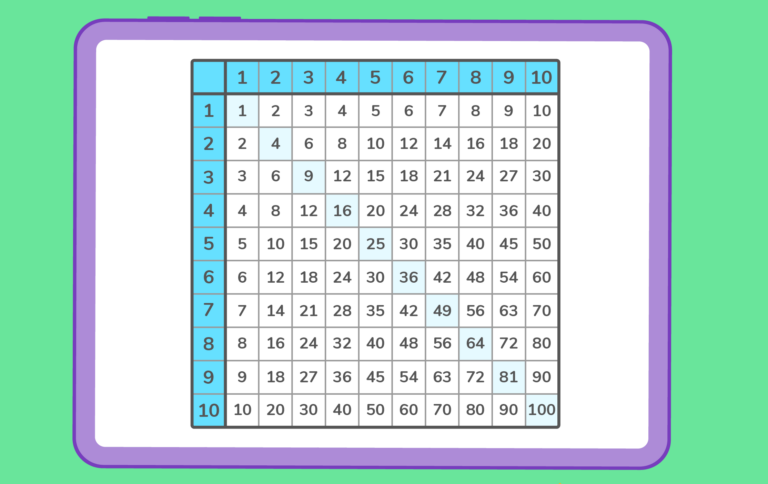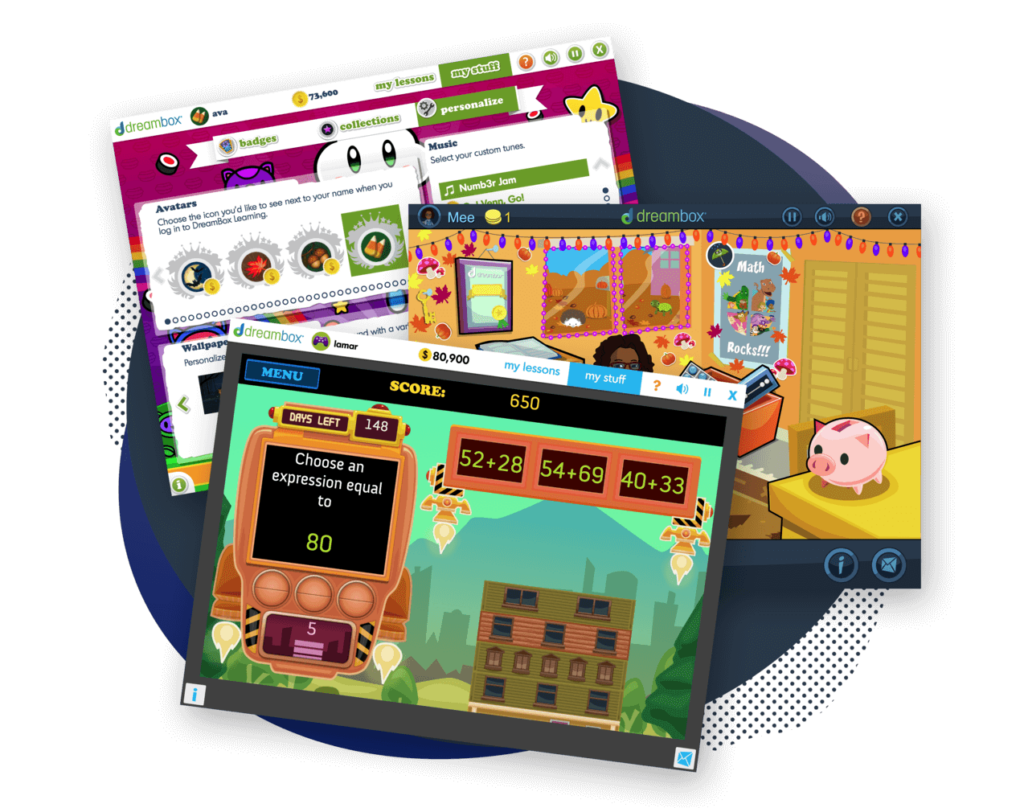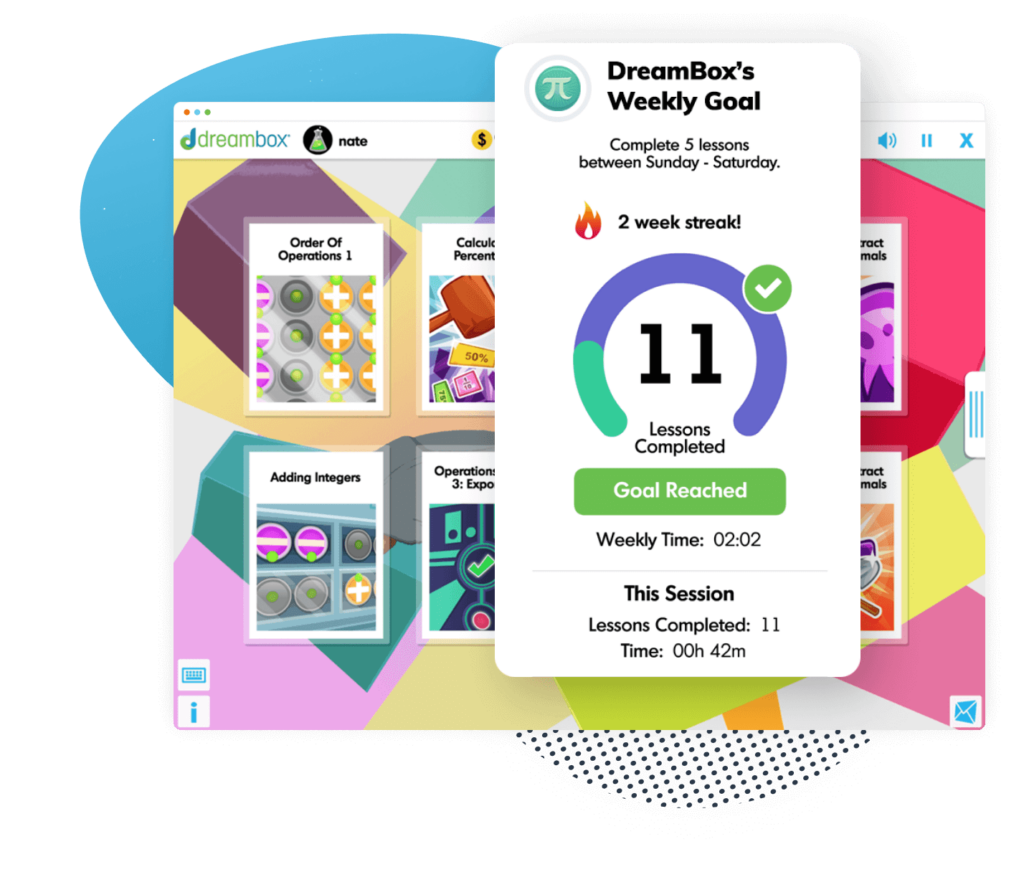How to learn your 10 times tables
How to help your child learn their 10 times table with memorization techniques from an elementary ed teacher! Then practice your 10 times tables with our practice problems.

Author
Michelle Griczika
Published:
Oct 2024

Key takeaways
- • Learning the 10 times table is a great place to start when teaching multiplication facts to your kids
- • Use a 1 to 10 times table chart to help memorize your facts
- • Helpful tricks for learning the times table of 10 include skip counting by 10, the “0” rule, and the communicative property of multiplication
Helping children learn their 10 times table is a great place to start when beginning to teach multiplication because 10 times tables feature predictable patterns and easy skip counting. Children as young as kindergarten or first grade can typically learn how to count by 10s, a skill you can refer to when teaching the 1 to 10 times table. For more tips on how to help your child learn the 10 times tables, keep reading!
Table of contents
10 times table multiplication chart
| 1 x 10 = 10 | 10 x 1 = 10 |
| 2 x 10 = 20 | 10 x 2 = 20 |
| 3 x 10 = 30 | 10 x 3 = 30 |
| 4 x 10 = 40 | 10 x 4 = 40 |
| 5 x 10 = 50 | 10 x 5 = 50 |
| 6 x 10 = 60 | 10 x 6 = 60 |
| 7 x 10 = 70 | 10 x 7 = 70 |
| 8 x 10 = 80 | 10 x 8 = 80 |
| 9 x 10 = 90 | 10 x 9 = 90 |
| 10 x 10 = 100 | 10 x 10 = 100 |
Turn math into playtime with DreamBox Math
DREAMBOX MATH
Get started for FREE today!

Tips for Learning Your 10 Times Tables
In my experience teaching, I have seen firsthand how students with a solid foundation of multiplication facts typically succeed more in math. Quick recall of multiplication facts allows them to focus on other problem-solving aspects. So, how can parents assist their children in building this critical foundation for mathematics? Let’s check out some tips and ideas for learning the 1 to 10 times tables.
Teach the concept of multiplication
Before focusing on memorizing facts, I recommend helping students understand the overall concept of multiplication. Though they must memorize the facts eventually, starting with rote, isolated memorization prevents them from applying their learning to various contexts.
Regardless of the times table your student(s) are trying to learn, explain that another phrase for multiplication is “groups of.” For example, 1 x 10 is the same as 1 “group of” 10. To show this concept, you can gather 10 small objects such as beans. Count the objects individually, then make 1 group of 10. Next, introduce 10 more objects and count them all individually. Split them into 2 groups of 10 and guide your student in noticing that there are still 20 objects, but they are now organized into 2 groups of 10. Record these on your paper or dry-erase board as 1 x 10 = 10 and 2 x 10 = 20.
Cover the communicative property of multiplication
It is essential students know 1 x 10 is the same as 10 x 1. This is called the Commutative Property of Multiplication, which states that changing the order of the factors (the numbers being multiplied) does not change the product (the answer). It can be overwhelming for students to think about learning all 20 facts of the 1 to 10 times table, so you can show them how they are just learning 10 facts! Once they learn one fact, they have to learn another simultaneously.
You can also use manipulatives to demonstrate the Commutative Property of Multiplication. Take the same 20 objects and group them into 10 groups of 2. Explain how this represents the equation 10 x 2 = 20 since 10 groups of 2 (2 objects in each group) equals 20.
Ask your child what they notice is the same about each fact: the factors are the same but in a different order, yet the product remains the same!
As students advance in their learning, you can encourage them to draw circles or small lines on their paper instead of using manipulatives. For 2 groups of 10, this would look like 10 circles grouped, then another 10 grouped.

The math program that drives results
Get started today!
DreamBox adapts to your child’s level and learning needs, ensuring they are appropriately challenged and get confidence-building wins.
Work on placing a “0”
Students will also notice how the product is always the non-10 factor with a 0 on the end. This is a wonderful trick within the 10 times table! Please encourage students to use the wording “place” or “put” a 0 if they utilize this strategy instead of “add” a 0. “Placing” a 0 emphasizes the critical place value understanding of how to make a number 10 times larger. “Adding” 0 technically does not change the value of a number, as 5 + 0 is still 5, not 50. Their future upper-grade teachers will thank you!
Count by 10s
Another skill you can draw on when teaching the 10 times tables is to ask students to count by tens. My first graders worked on this in the second semester, and they would catch on so quickly because of the predictable pattern! You can even use skip counting on their fingers to show how they already know that 1 group of 10 is 10, then 20 (2 fingers), etc.
Practice!
Once they understand the concept behind the 10 times tables, the next step is plenty of practice! Catchy songs with skip counting such as this one or this one help students immensely, not to mention they are fun! My students begged to listen to these every day. On their multiplication tests, they silently sang the song to themselves if they got to a fact they couldn’t immediately remember!
Another strategy I recommend for building memorization is flashcards. These can be easily made with paper or index cards, and you can also find plenty of practice online. Flashcards and similar practices are essential because you can mix up the order of the times table of 10.
When the facts are out of order (such as 2 x 10, 6 x 10, 1 x 10, etc.), students must remember the actual fact instead of following the pattern for skip counting by 10. You can personalize these further by making a set with the 10 factor first- 10 x 0, 10 x 1, 10 x 2, and then a separate set of the non-10 factor first- 0 x 10, 1 x 10, 2 x 10. When you think your child is ready, mix the sets.
Ready to give it a go?
- Put your knowledge to the test with these no-risk practice problems to get you ready for the classroom!
Practice Problems
Click on the boxes below to see the answers!
Take at home math practice to the next level
Empowering parents and educators to make math practice more impactful. Plus, your kids will love it.


